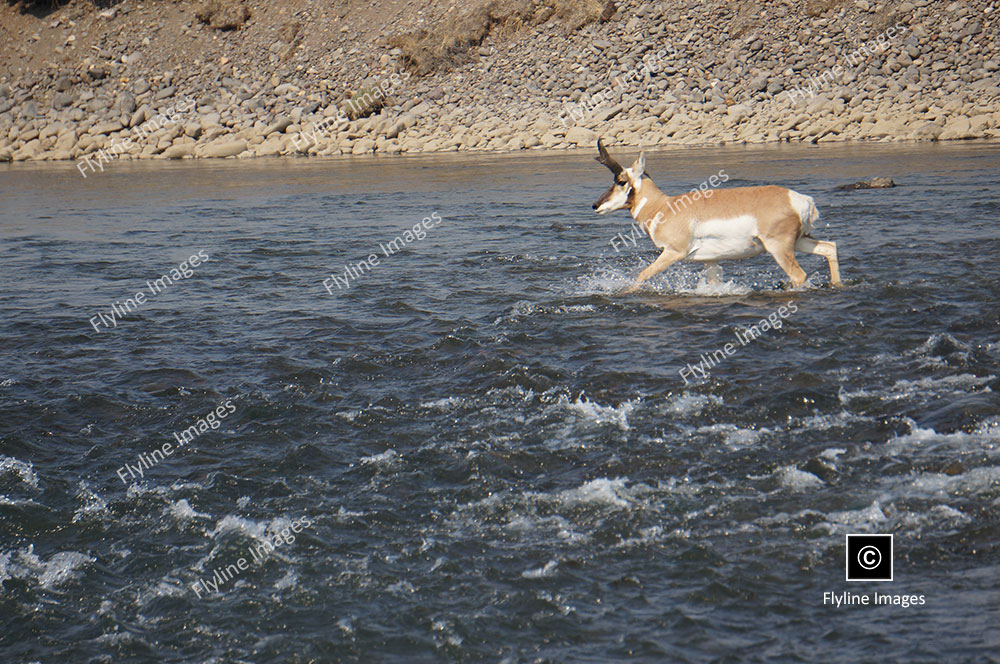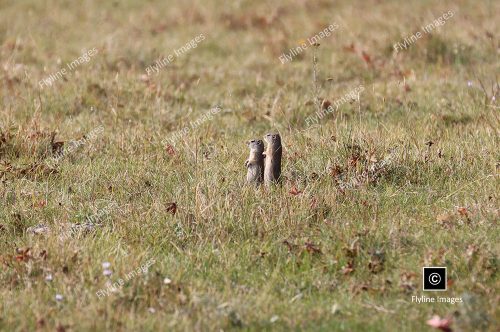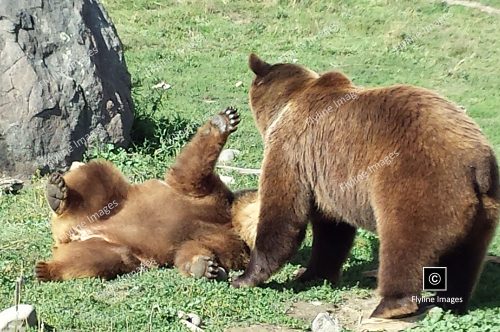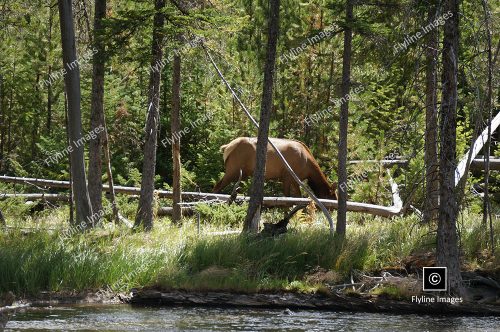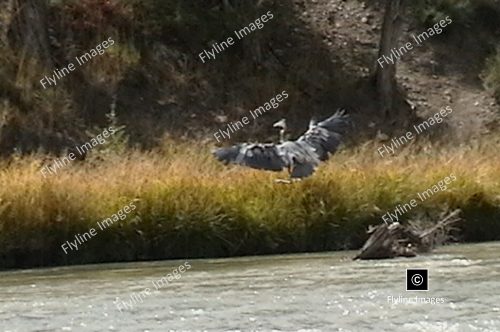Lamar Valley in Yellowstone National Park is renowned for its breathtaking landscapes and rich wildlife, including the impressive antelope herds.
Yellowstone Antelope 10
$5.00
Description
Lamar Valley in Yellowstone National Park is renowned for its breathtaking landscapes and rich wildlife, including the impressive antelope herds. These herds are primarily composed of pronghorn antelope, which are notable for their incredible speed and endurance, capable of running up to 60 miles per hour. As one of the most iconic inhabitants of Lamar Valley, pronghorns thrive in the open grasslands, where they graze on grasses and forbs. The herds are often seen moving gracefully through the valley, offering visitors a glimpse into the dynamic and diverse ecosystems of Yellowstone. With their keen eyesight and swift movements, pronghorn antelope are a symbol of the wild beauty and resilience found in this unique region of the park.
But pronghorns are not the only species that call Lamar Valley home. The valley is also home to a variety of other animals, including bison, elk, wolves, and bears. These diverse species rely on the open grasslands and nearby water sources for survival, making Lamar Valley a vital part of Yellowstone’s ecosystem.
One particularly fascinating resident of Lamar Valley is the grey wolf. After being reintroduced to the park in 1995, these incredible predators have flourished in this area. Visitors may be lucky enough to catch a glimpse of a wolf pack hunting or interacting with one another in their natural habitat. Watching these magnificent creatures in action is an unforgettable experience and a testament to the success of conservation efforts in the park.
Beyond its wildlife, Lamar Valley also offers visitors a chance to explore ancient geological formations, such as the Specimen Ridge and Mount Washburn. These towering landmarks reveal millions of years of history and provide a unique perspective on the constantly changing landscape of Yellowstone National Park.
In addition to its natural wonders, Lamar Valley is also steeped in cultural significance. The valley was once home to Native American tribes, who respected and honored the land for its spiritual importance. Today, visitors can learn about these traditions through various educational programs and exhibits at the park’s visitor centers.
Image & Download Information
For this product, we have provided 3 image size options, Large 4000 x 2500, Medium 2000 x 1250 and Small 1000 x 625. When you purchase this photo, you will receive an email confirmation of your order. That email will summarize your purchase and provide you with the download links for the images and videos you purchased.
MORE ABOUT THIS PHOTO
The American antelope, more accurately known as the pronghorn, is a unique and fascinating species found in the Yellowstone region. Distinctive for its speed, the pronghorn can run faster than any other land mammal in the Western Hemisphere, reaching speeds up to 55 miles per hour. These animals are not true antelopes, but their resemblance to the antelopes of Africa led early explorers to give them that name. Adapted for survival in open landscapes, pronghorns have excellent vision that allows them to spot predators such as coyotes and bobcats at great distances. Yellowstone National Park provides a critical habitat for pronghorns, offering them vast expanses of open land for grazing, breeding, and migrating. Conservation efforts in the park help protect these graceful creatures and ensure their continued presence in the ecosystem.
The pronghorn’s unique adaptations and behaviors make it a vital part of the Yellowstone ecosystem. As herbivores, they play a crucial role in maintaining the balance of plant life in the park. Their grazing habits prevent any one plant species from becoming too dominant, allowing for a diverse range of plants to thrive. This, in turn, supports a variety of other animals that depend on the plants for food and shelter.
But pronghorns are not just important for their role in vegetation management. They also serve as prey for larger predators, such as wolves and bears, helping to maintain a healthy balance of predator-prey relationships in the park. Their incredible speed and agility make them challenging targets for predators, adding to their vital role in the ecosystem.


